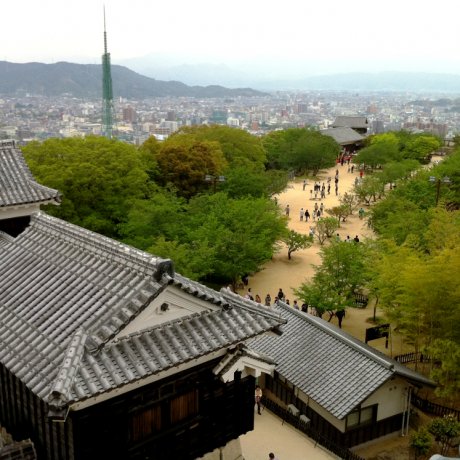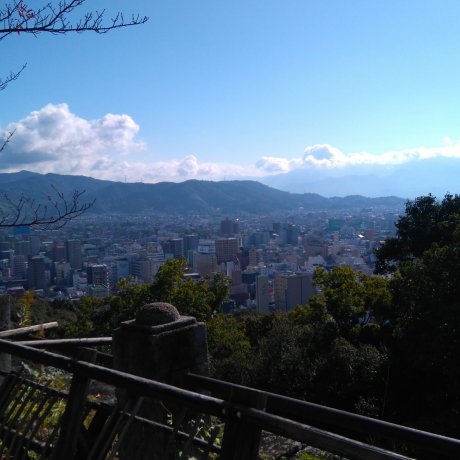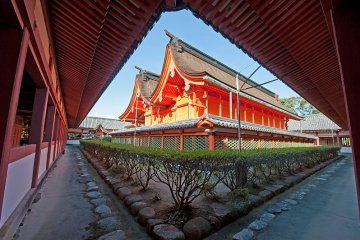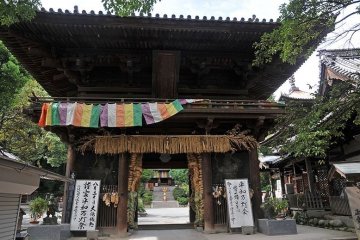

Matsuyama
The capital city of Ehime Prefecture
Things to do in Matsuyama
Upcoming Matsuyama Events

Tsubaki Matsuri 2026
Tsubaki Matsuri is one of Matusyama's most popular festivals, and one that is unique to the region.
Where to eat in Matsuyama

Culinary specialties of Matsuyama
Matsuyama and Ehime offer a variety of culinary specialties reflecting the geographic diversity of the region. The best advice is..

Taimeshi, an Ehime Delicacy
Tomomi ShibaEhime's traditional dish is taimeshi. Introducing two different types of local dish with the same name, and how they developed...

Dogo no Machiya café
Dogo no Machiya is a beautiful café with courtyard gardens and stylish Japanese décor. It’s ideal for breakfast, lunch, or a r..
Places to stay in Matsuyama


Elegant Run Of the Mill Ryokan in Dogo
Spa Ryokan Dougoya offers a ryokan-like experience in a stylish 1930s building in Dogo for travelers on a budget.

Hotel Patio Dogo
Tony MarianiThe Hotel Patio Dogo is a modern, comfortable hotel overlooking Dogo Onsen Honkan.
Latest Matsuyama Reports

Ehime Prefecture's Castles
Elizabeth SEhime Prefecture which occupies the northwest part of Shikoku boasts five of the 100 top castles in Japan with two original castle..

Memorable Matsuyama
Arlene BastionMatsuyama has a lot of impressive and memorable attractions, but what prevails is really its air of unpretentious simplicity.
 19
19
Umi to Cafe
Illaura RossiterOn Kashima Island in Japan's Ehime prefecture awaits a quirky and rustic cafe and rest area, where you can relax the day away...
























